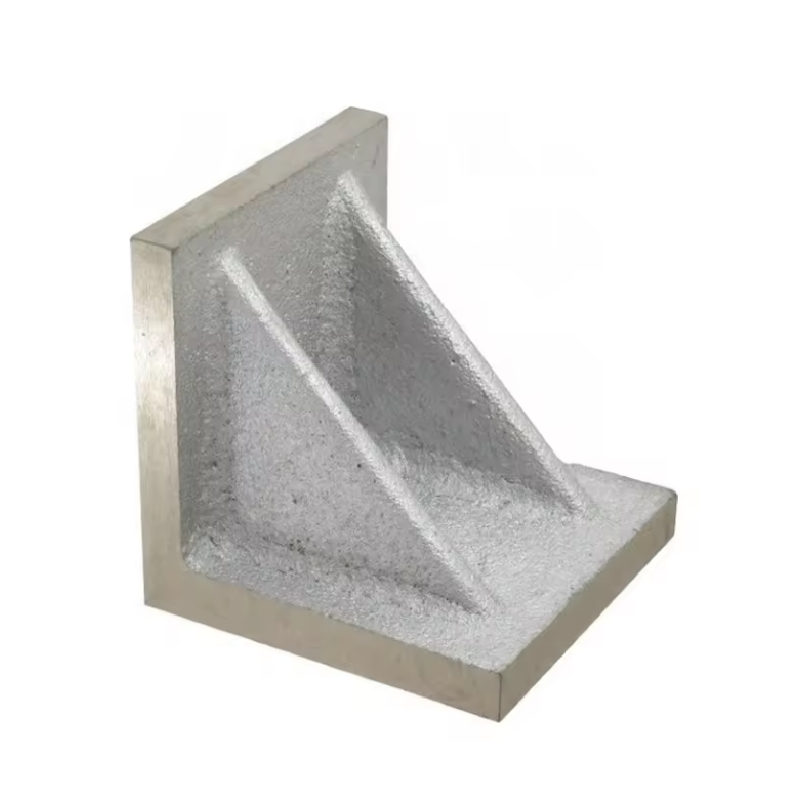Noy . 10, 2024 00:31 Back to list
Various Types and Functions of Water Control Valves Explained
Understanding Types of Water Control Valves
Water control valves are critical components in plumbing, irrigation, and industrial applications. They regulate the flow and pressure of water within a system, ensuring efficient operation and preventing damage to pipelines and equipment. This article discusses the various types of water control valves, their functions, and applications.
1. Gate Valves
Gate valves are one of the most common types of water control valves. They work by lifting a gate out of the path of the water. In this design, the flow of water is either completely on or completely off, making gate valves ideal for isolation purposes. They are not suitable for throttling because they can cause turbulence and wear.
Applications Typically used in water supply systems, gate valves are favored in scenarios where a straight line of flow and minimum restriction is desired. They are common in municipal water distribution systems and in industrial settings where water needs to be completely shut off.
2. Globe Valves
Globe valves are designed to control the flow of water more finely compared to gate valves. They consist of two discs that create a seal when closed, and the valve can be opened incrementally to throttle the flow of water. Their unique shape creates a significant pressure drop; therefore, they are not typically used in high-pressure systems.
Applications Globe valves are suitable for regulating flow in pipelines, including those in heating systems. They are commonly used in residential plumbing to control water flow and maintain temperature.
3. Ball Valves
Ball valves utilize a spherical element with a hole cut through it. When the ball is rotated to align with the flow, water passes through; when it is perpendicular to the flow, the valve is closed. This design allows for a very tight seal, minimizing leakage and ensuring a reliable closure.
Applications Ball valves are perfect for applications requiring quick shut-off, such as in residential and commercial plumbing systems. They are robust and can handle high pressure and high-temperature fluids, making them a versatile choice in many industries.
4. Check Valves
types of water control valves

Check valves allow fluid to flow in only one direction, preventing backflow that can potentially cause a system failure or contamination. They operate automatically, relying on the flow of water to open or close the valve.
Applications Commonly used in pump systems to prevent backflow, check valves are crucial in waste management and stormwater systems. They ensure that sewage does not flow back into treatment plants or that excess rainwater does not overwhelm local systems.
5. Pressure Relief Valves
Pressure relief valves are essential for maintaining safety in systems that encounter high pressure. They automatically open at specified pressure levels, allowing excess water or steam to escape, thereby protecting pipes and equipment from damage.
Applications Widely used in industrial settings, these valves are found in steam boilers, hydraulic systems, and water heating equipment. They are vital for safeguarding against pressure-induced failures.
6. Butterfly Valves
Butterfly valves use a rotating disc to regulate flow. The disc is positioned in the center of the pipe, and turning the handle rotates the disc perpendicular or parallel to the pipeline’s flow. They have a compact design and allow for rapid opening and closing.
Applications Used extensively in large-scale water supply systems, such as in municipal water treatment and distribution, butterfly valves are favored for their space-saving design and ability to handle large volumes of water.
Conclusion
Selecting the appropriate type of water control valve depends on the application, flow requirements, and system pressure. Whether you need to isolate a section of plumbing, regulate flow, prevent backflow, or relieve pressure, there is a suitable valve available. Understanding the different types of water control valves not only enhances system efficiency but also contributes to the longevity and safety of water systems.
Investing in the right type of valve can lead to significant cost savings over time, as it reduces maintenance needs and the risk of equipment failure. As technologies advance, new materials and engineering designs continue to improve valve performance, making them even more vital in our water management systems.
-
thread-plug-gauge-our-promise-of-measurement-excellenceNewsAug.22,2025
-
gauge-pin-class-reflecting-quality-legacyNewsAug.22,2025
-
check-valve-types-for-high-rise-buildingsNewsAug.22,2025
-
water-control-valve-for-irrigation-systemsNewsAug.22,2025
-
gate-valve-with-soft-seal-technologyNewsAug.22,2025
-
y-type-strainer-for-oil-and-gas-applicationsNewsAug.22,2025
Related PRODUCTS









